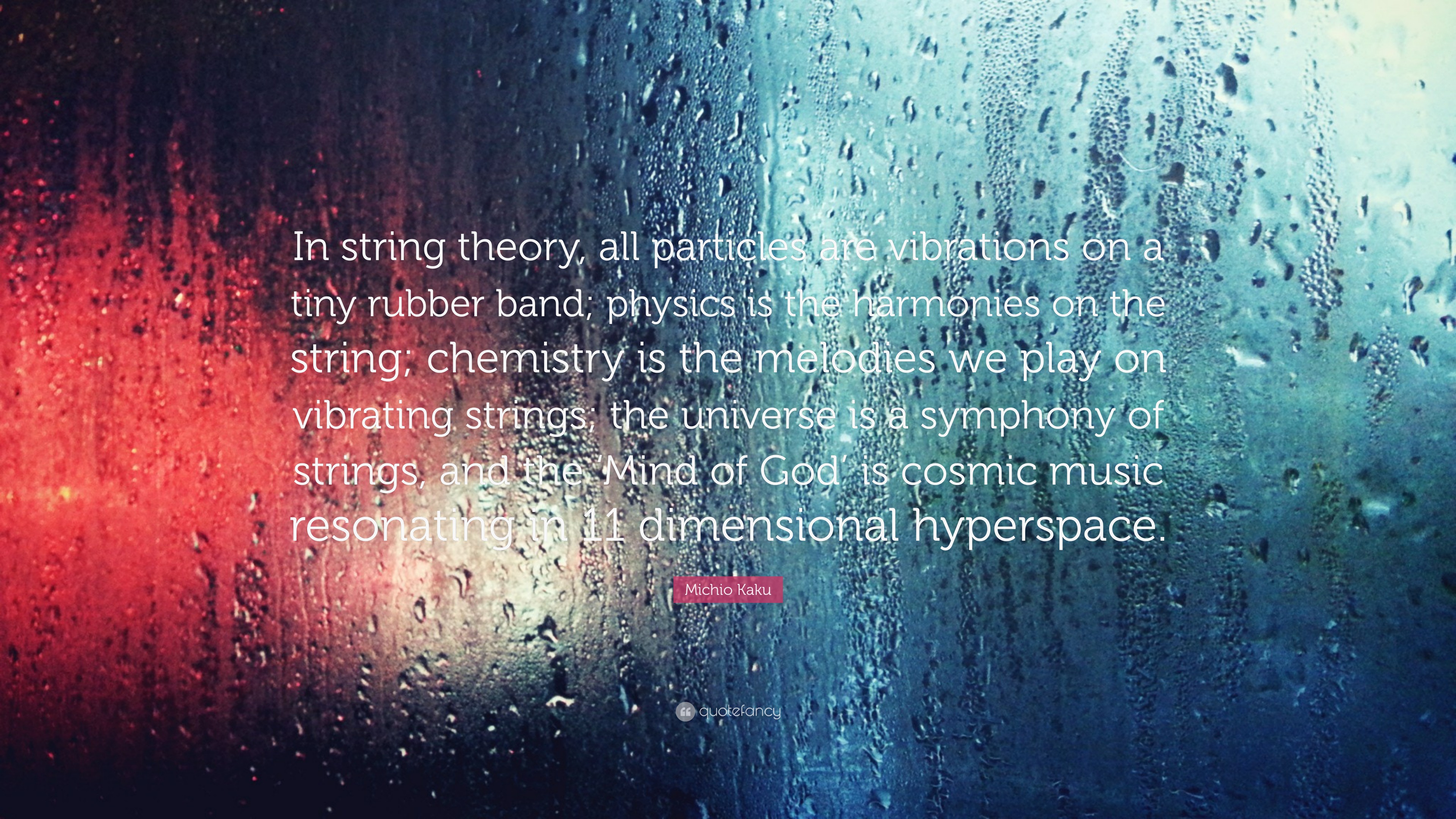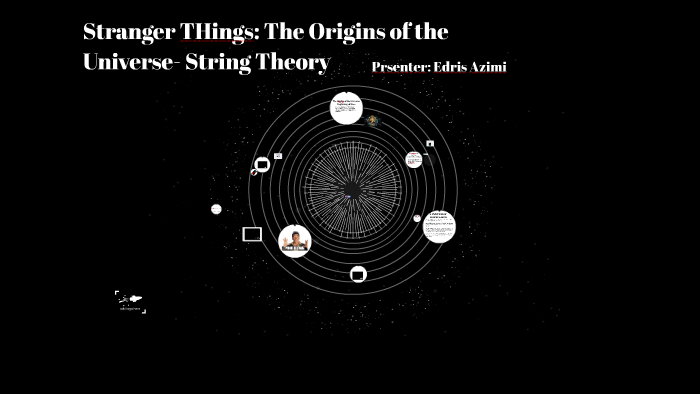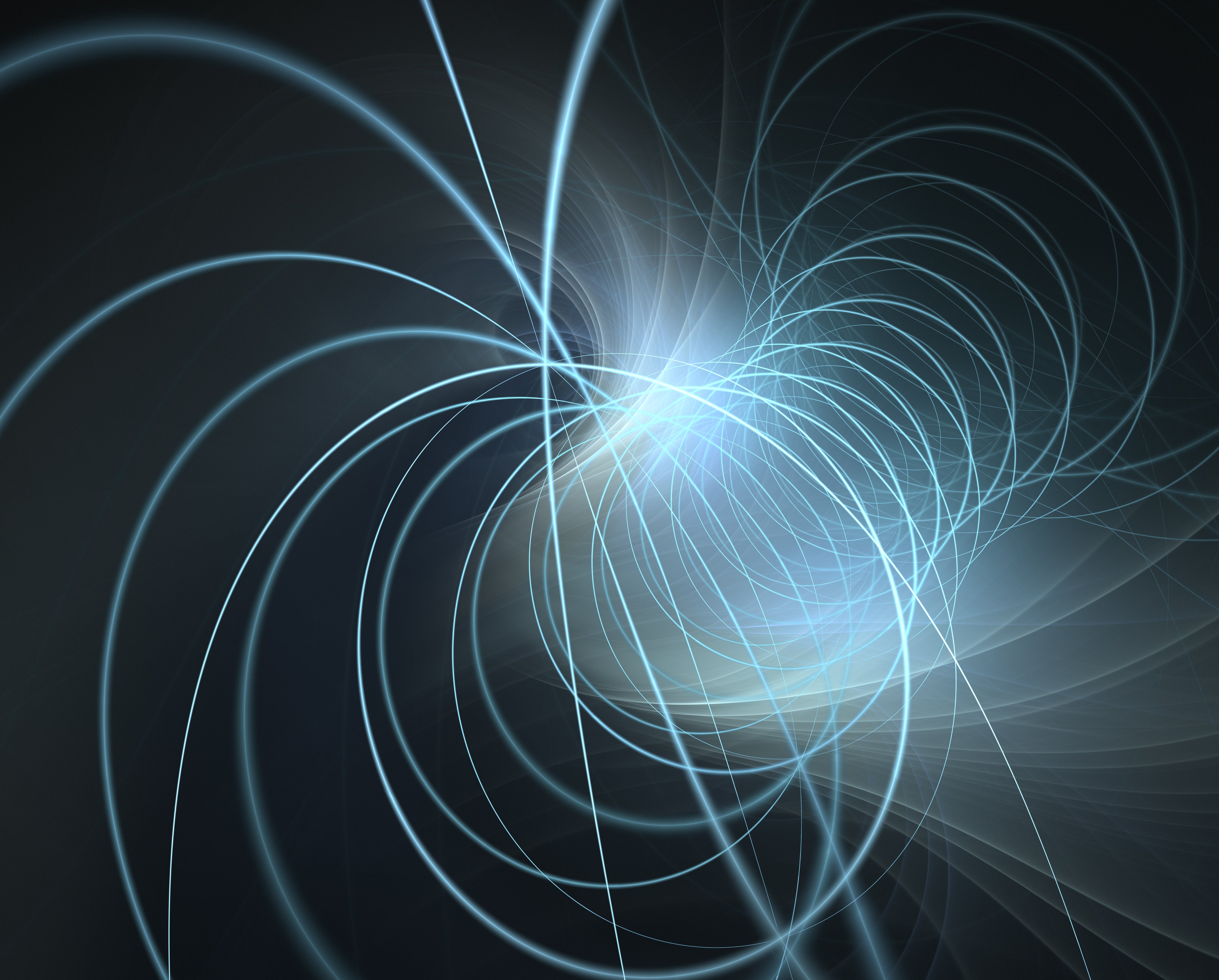

The next two steps, big ones at that, were indeed vintage Einstein. About 200 years later, James Clerk Maxwell took the unification baton for the next leg, showing that electricity and magnetism are two aspects of a single force described by a single mathematical formalism. Isaac Newton united the heavens and Earth, revealing that the same laws governing the motion of the planets and the Moon described the trajectory of a spinning wheel and a rolling rock. Unification has become synonymous with Einstein, but the enterprise has been at the heart of modern physics for centuries. That was 30 years ago this month, making the moment ripe for taking stock: Is string theory revealing reality’s deep laws? Or, as some detractors have claimed, is it a mathematical mirage that has sidetracked a generation of physicists? What followed proved to be the most exciting intellectual odyssey of my life. The only thing I needed to drop was a neophyte’s inhibition to run with the world’s leading physicists. The field was young, the terrain fertile and the atmosphere electric. Then, just a couple of months later, the prestigious (if tamely titled) journal Physics Letters B published an article that ignited the first superstring revolution, a sweeping movement that inspired thousands of physicists worldwide to drop their research in progress and chase Einstein’s long-sought dream of a unified theory. There’s nothing happening in fundamental physics. Change fields now while you still can, many said. But within a couple of weeks, the more advanced students had sucked the wind from my sails. I had a freshly minted bachelor’s degree in physics from Harvard, and I was raring to launch into graduate study. But then what about other universes.In October 1984 I arrived at Oxford University, trailing a large steamer trunk containing a couple of changes of clothing and about five dozen textbooks. If we ever do prove the existence of other dimensions (for example, if we observe matter disappearing (not converting to energy) then we can assume it has left our dimension, we will be much closer to solving the mystery of the universe. Some say they are too small for us to observe. Now for scientists to make this theory check out mathematically, they had to add 7 extra dimensions (for a grand total of ten) and there are lots of theories out there as to what these ten dimensions are.

This additional variable accounts for the many property differences of particles. The answer to this question is that the string vibrate at various frequencies. One may ask, "Well if all quarks are made up of tiny vibrating strings, what makes the quarks different?" (As the quarks must obviously be different because there have been dozens of different kinda of particles discovered (you know, alpha, beta, etc)). String theory states that quarks are made up of tiny vibrating strings. String theory escapes this endless loop of going smaller and smaller.

The currently used atomic theory has a flaw, you can keep asking "Well what are protons made of? Quarks? Well what are quarks made of?" etc etc. String theory is a newer theory in physics that attempts to explain everything. String theory also includes a bunch of theorys including m-theory, relativity, chaos theory, and a few others that may or may not have been invented by someone who was on LSD at the time (if you've ever seen any Mandelbrot Fractals, you'll know what I mean). On the same scale, a single string would be the size of small tree. To give you an example, imagine an atom of hydrogen was the size of the solar system. Strings are so infitismally small that anyone with an IQ of less that 400 (ie, all humans) is incapable of imagining how small they are. Strings are eleven-dimensional (ten dimensions + time) bits of energy that not only make up the above particles but create forces including gravity, electromagnetism, strong nuclear forces, weak nuclear forces, and a few other forces that have not yet been discovered. Quarks are actually made of even smaller pieces, called strings. Electrons, protons, and neutrons can be split in half to create quarks. Atoms are made of electrons, protons, and neutrons (very duh). While all of the math behind it is correct, attempting to understand it is like having molten platnium poured on your skull.

Quite possibly the wierdest physics theory ever.


 0 kommentar(er)
0 kommentar(er)
